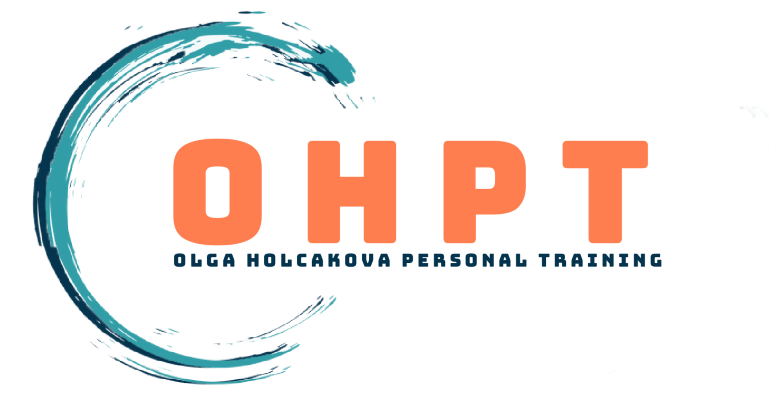 Which muscles are abdominal muscles?
Which muscles are abdominal muscles?
There are four of them – Transverse abdominus (TrA) – the deepest layer of abdominal muscles, Rectus abdominus (RA) AND Inner & Outer obliques.
What is the main function of all abdominal muscles?
RA together with TrA and Obliques supports the abdominal organs, pelvic floor muscles, spine and diaphgram.
When the 2 parts of rectus abdominus muscles separate due to an increased intro-abdominal pressure, the linea alba ( the middle part between the 2 RA muscles) will stretch and as result will separate leaving the all front of your abdominal muscles without any support, weak and unstable also known as Diastasis recti (DR) = abdominal separation.
DR occurs as a result of excessive intra-abdominal pressure or loading. All this happens because of poor core functionality and poor body alignment.
Good to know….DR is most common in prenatal and postnatal women due to the extreme stretching of the abdominal wall that occurs with pregnancy. It is however also a symptom of a very weak imbalanced core, poor posture alignments and repetitive forceful pressure being put on abdominal wall by doing wrong type of exercises like crunches, sit-ups and many more.
You might be more likely to develop diastasis recti as result of pregnancy if you:
Are older than 35
Have a multiple pregnancy
Deliver a baby who has a high birth weight
Have a repeated pregnancies
It is a serious condition and if untreated it can lead to severe other physical conditions. DR can be healed very quickly with a proper core rehabilitation.
How to check the abdominal separation? = Diastasis recti
1.) Lie on the mat on your back, knees slightly bent and feet flat on the floor.
2.) Place one hand behind your head for extra support, and put your second hand on
your belly, fingers crossing the line in the middle above the belly button
3.) Push your fingers into your belly, you should feel a hole, which is completely
normal after delivery.
4.) Lift your head and shoulders slightly off the floor while exhaling (you should
feel the gap between your abdominal muscles) and inhale when putting your
head back down on the floor.
5.) Check the area above and below your belly button.
6.) The more fingers you can fit into the gap the more severe your separation is.
.
Why is it important to work on your diastasis recti?
If we don’t try to bring those parts together, the result is core weakness, lower, middle, upper back pain, pelvic floor issues, sciatica, intestinal issues, pelvic floor prolapse, abdominal pain and it also could lead to a hernia and severe other injuries. All these symptoms are a result of poor functioning leading to a core weakness.
You can dedicate your time to exercise after giving a birth but until your core will regain back its functionality none of the above mentioned abdominal and pelvic issues will improve. They could go even worse plus with a zero care of your Diastasis recti and the wrong type of abdominal or whole body strengthening exercises your gap could become even bigger.
It is really important to let your diastasis recti heal. If untreated your body will need to rely on other muscles ( like for example hip flexors ) to stabilize the pelvis. As a result, you might experience pain in your lower back and your tummy will look like if you were 6 months pregnant in postpartum.
So your goal should be focusing on healing this gap first before starting with any other serious and intense exercising.
I hold a Pregnancy & Post-pregnancy qualification and I have trained a wide range of mums during a Post-partum period. Please feel free to drop me an email to discuss how I could help you to gain your strength back.
Sources:
Helene Byrne: Exercise after pregnancy-Kindle edition; Loc 312, 319, 331, 343, 345, 355, 385,403, 414
Click to access en_aop035_09.pdf
http://mutusystem.com/diastasis-recti-diagram-the-muscles-involved.thml
